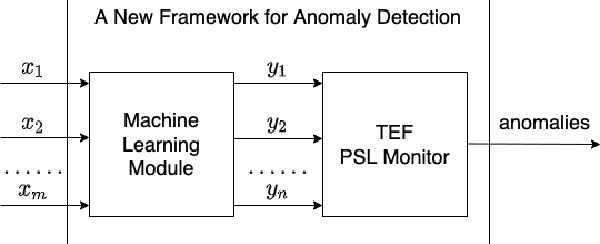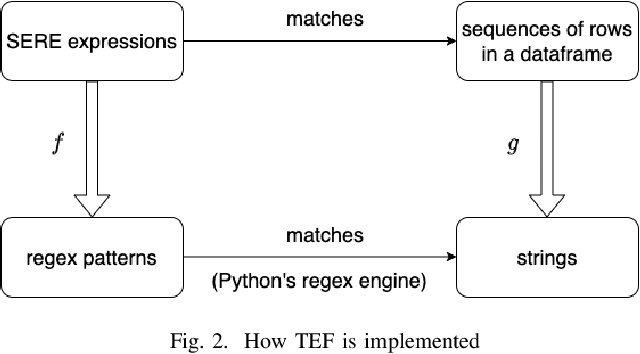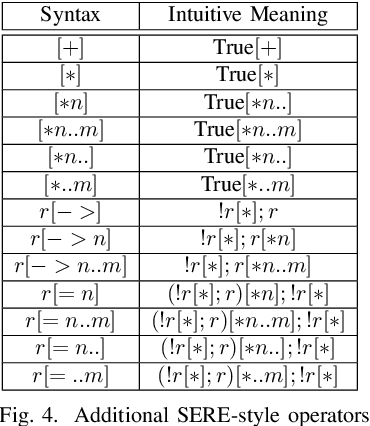PSL is Dead. Long Live PSL
Paper and Code
May 27, 2022



Property Specification Language (PSL) is a form of temporal logic that has been mainly used in discrete domains (e.g. formal hardware verification). In this paper, we show that by merging machine learning techniques with PSL monitors, we can extend PSL to work on continuous domains. We apply this technique in machine learning-based anomaly detection to analyze scenarios of real-time streaming events from continuous variables in order to detect abnormal behaviors of a system. By using machine learning with formal models, we leverage the strengths of both machine learning methods and formal semantics of time. On one hand, machine learning techniques can produce distributions on continuous variables, where abnormalities can be captured as deviations from the distributions. On the other hand, formal methods can characterize discrete temporal behaviors and relations that cannot be easily learned by machine learning techniques. Interestingly, the anomalies detected by machine learning and the underlying time representation used are discrete events. We implemented a temporal monitoring package (TEF) that operates in conjunction with normal data science packages for anomaly detection machine learning systems, and we show that TEF can be used to perform accurate interpretation of temporal correlation between events.
 Add to Chrome
Add to Chrome Add to Firefox
Add to Firefox Add to Edge
Add to Edge